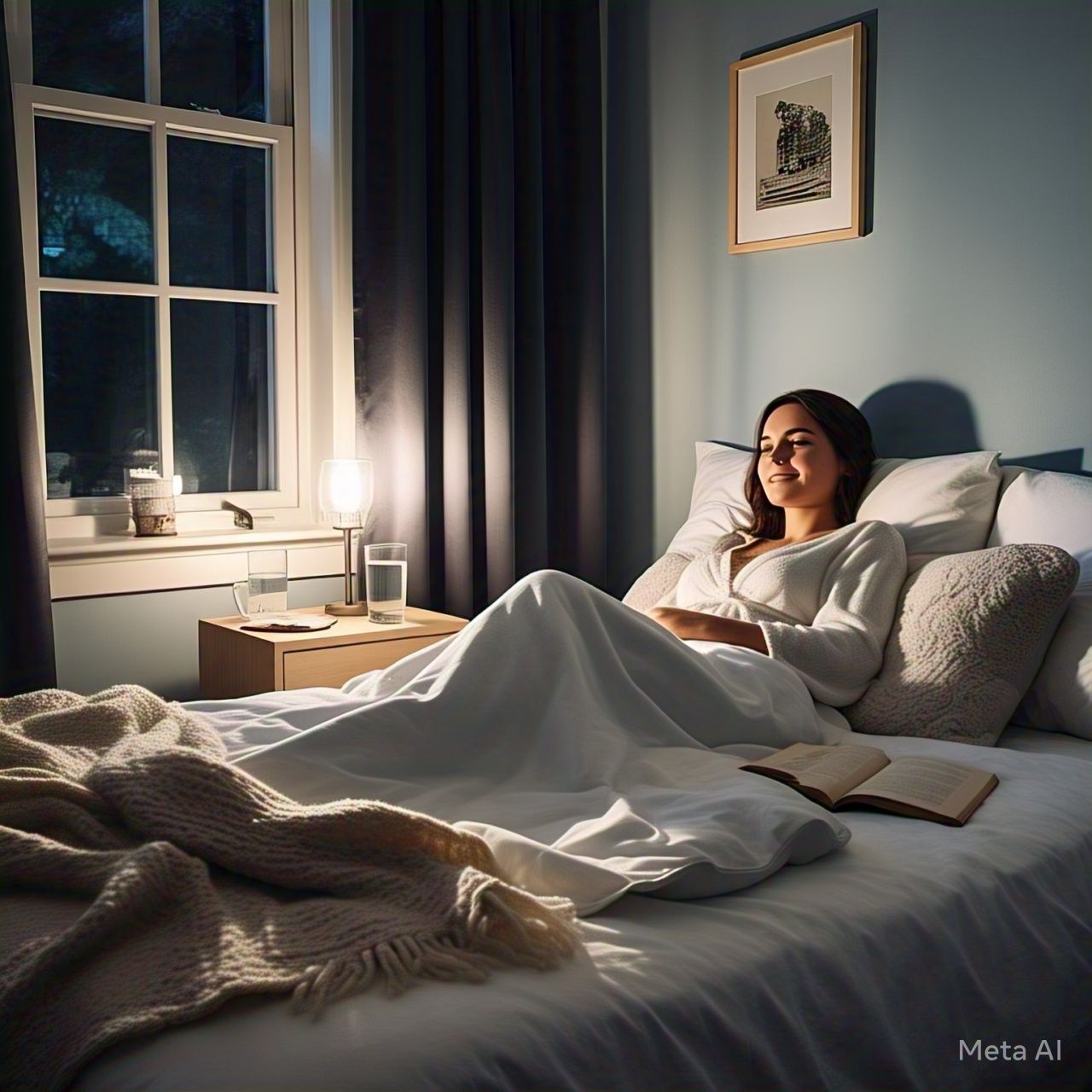A good day starts the night before. While most people focus on what they do in the morning to feel energized and productive, the evening routine is just as important — if not more.
The way you wind down impacts your sleep quality, emotional balance, and how well your body recovers overnight. In this article, you’ll learn how to build a simple, calming night routine that helps you fall asleep faster and wake up feeling truly rested.
Why a Night Routine Matters
Your body and brain thrive on rhythm and signals. When your evenings are filled with overstimulation, unpredictability, or screen exposure, your internal clock (circadian rhythm) becomes confused — and sleep suffers.
A consistent nighttime routine helps you:
- Fall asleep more easily
- Sleep more deeply and wake up less often
- Improve mental clarity the next day
- Lower nighttime anxiety and racing thoughts
- Support hormonal and immune system balance
It’s not about doing more — it’s about doing less, with intention.
Signs Your Current Night Routine Needs an Upgrade
If you experience any of the following, it may be time to rework your evenings:
- You lie awake for a long time before falling asleep
- You wake up feeling tired, even after 7–8 hours
- You use screens right up until bedtime
- You snack heavily or drink caffeine late
- You go to bed at drastically different times each night
- Your mind is racing when your head hits the pillow
Even a few small changes can make a big difference.
What Makes an Effective Night Routine?
An effective night routine prepares your body and mind for rest. It should include calming, tech-free, low-stimulation habits that repeat consistently.
Here’s how to build one step-by-step:
Step 1: Set a Consistent Bedtime
Your body has an internal clock that regulates sleep, temperature, and hormones. Going to sleep and waking up at the same time every day (yes, even weekends!) helps align this rhythm.
- Choose a realistic bedtime based on when you need to wake up
- Begin your wind-down routine 30–60 minutes before this time
- Use dim lighting to signal that the day is ending
Consistency is key — not perfection.
Step 2: Disconnect From Screens
Blue light from phones, tablets, and TVs suppresses melatonin, the hormone that helps you fall asleep. Not to mention, scrolling social media or watching intense shows can increase anxiety and stimulation.
Aim to unplug at least 30–60 minutes before bed.
Instead, choose screen-free activities like:
- Reading a physical book
- Journaling or gratitude writing
- Stretching or light yoga
- Listening to soft music or a podcast
- Doing a puzzle or coloring
Your brain needs this quiet time to shift from “doing” to “resting.”
Step 3: Create a Sleep-Friendly Environment
Your bedroom should feel like a sanctuary — cool, dark, and peaceful.
Tips for optimizing your sleep space:
- Keep the room between 18–21°C (64–70°F)
- Use blackout curtains or a sleep mask
- Reduce noise with earplugs or white noise
- Keep your phone out of reach or on airplane mode
- Remove clutter to promote mental calm
You’re telling your body: “This is a place for rest.”
Step 4: Calm the Body With Routine Movements
Slow, gentle movement can release physical tension and signal to your nervous system that it’s time to relax.
Try:
- 5–10 minutes of light yoga or stretching
- A short walk after dinner
- Progressive muscle relaxation (tensing and releasing each body part)
These practices release tension built up during the day and promote deeper sleep.
Step 5: Calm the Mind With Reflection or Mindfulness
Your thoughts don’t magically turn off when you get in bed. Creating space to reflect and slow the mind helps you fall asleep with more ease.
Try:
- Journaling what’s on your mind
- Writing down 3 things you’re grateful for
- Doing a breathing practice (like 4-4-6)
- Guided meditation or body scan
- Prayer or silent reflection
Let go of the day, and give yourself permission to rest.
Sample 30-Minute Night Routine
Here’s a simple example to inspire your own:
9:30 PM – Turn off screens, dim the lights
9:35 PM – Stretch or do 5 minutes of yoga
9:45 PM – Write in your journal or reflect on the day
9:55 PM – Brush teeth, wash face, prepare room
10:00 PM – Get in bed, take 5 deep breaths, and sleep
Feel free to customize based on your schedule and lifestyle.
Final Thoughts: Better Sleep Starts Before You Close Your Eyes
You don’t need a perfect routine. What matters is creating a consistent wind-down ritual that works for you. One that tells your brain and body, “It’s safe to relax now.”
Start with just one or two calming habits each night and build from there.
Over time, your night routine will become a powerful signal:
It’s time to let go.
It’s time to rest.
And tomorrow, you’ll rise with more clarity, energy, and peace.
